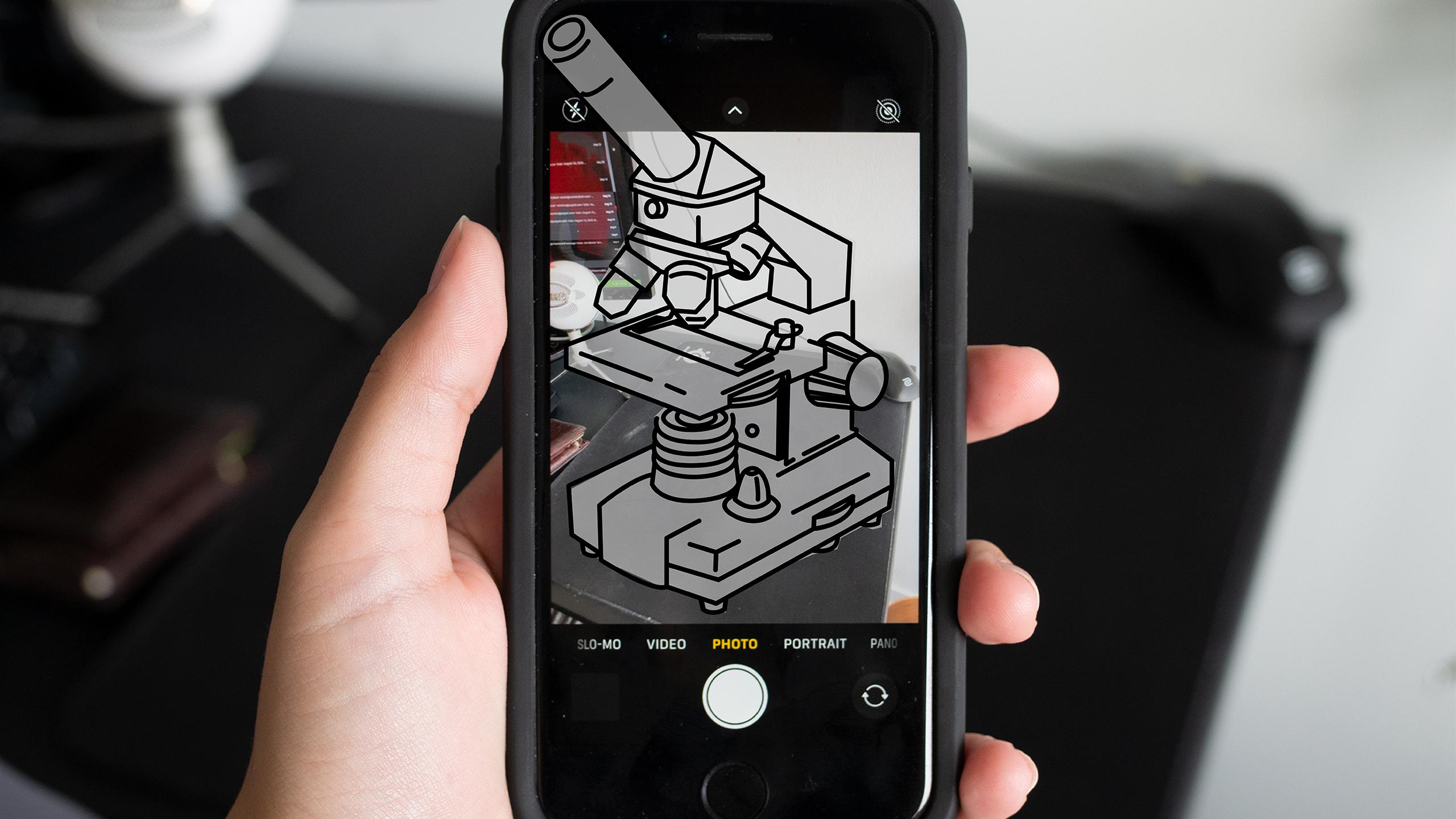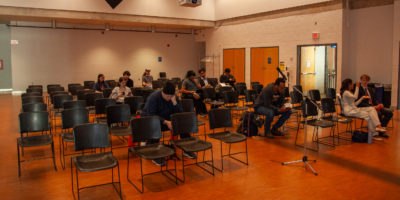By Sidra Jafri
Students in the Faculty of Science will be able to experience an immersive Augmented Reality (AR) lab, as the faculty attempts to innovate at-home learning methods during the pandemic.
The software was designed in collaboration with NexTech AR Solutions and NexTech president and Ryerson applied computer science alum Paul Duffy. NexTech is an up-and-coming augmented reality company focused on creating learning platforms. Their license agreement with Ryerson currently has a value of $250,000. Should Ryerson choose to use additional AR services, NexTech will be able to potentially increase this revenue.
“[It will] help students stay engaged and focus on stuff that would be much better done in the real world, but given that we’re all dealing with COVID and remote education right now, it’s a step in the right direction for students to imagine what things might look like when they get back,” said David Cramb, dean of Ryerson’s Faculty of Science.
According to Cramb, Duffy expressed a real desire to be involved with Ryerson again. “We were talking about different ways that we could do that, and then the pandemic hit. The pandemic forced us to think about doing this way sooner than we probably otherwise would have, because of the necessity,” said Cramb.
First year students studying biology, chemistry or physics will be given the opportunity to use the Ryerson Augmented Learning Experience (RALE) platform. It’s designed for students to be able to access three dimensional, virtual equipment, while safely social distancing. The software launched on Sept. 14, 2020.
Prior to campus closing, first-year students were expected to attend in-person labs and work closely with other students to get their tasks done. Remotely, the lab experience will look a bit different.
“Basically, if you’re working from your house, you can put the microscope that we would normally be using in a lab, onto your coffee table,” said Cramb.
According to Cramb, the platform is available for first-year students, and will be available for upper-years once further developed.
Though second-year biomedical student Nimla Asgher doesn’t have access to RALE yet, she has been supported in remote learning by upper years in her program.
“We do labs we can do in our own houses or kitchens, with materials we can get from the dollar store,” said Asgher.
Asgher says she thinks the platform will be beneficial for first-year students.
“I think that’s a really good alternative for COVID-19. When I [went to labs in first year], I did have anxiety. It’s a little bit hectic, trying to finish everything on time,” she said. “With this, it’s a lot more relaxed, and [students] would be able to focus and maybe learn a lot better in some aspects.”
Second-year biomedical student Fatema Najarali says she definitely prefers in-class labs, as they’re more structured and help build her confidence. Najarali describes her previous in-person lab experiences as “pretty cool”.
“You looked at a lot of stuff using the microscope…we had pretty good equipment for chemistry. And it’s pretty intense, [there are] a lot of rules and [it’s] pretty precise,” she said.
However, she says she thinks AR will present an “amazing” learning opportunity.
“For every virtual thing there might be some challenges here and there…because our resources are very limited right now,” said Najarali. “But in the bigger picture, I’m sure it would be a great learning opportunity.”
The software was created to ease students into remote learning, but Cramb says its benefits go further.
“In the future, if a student is about to go into a lab where they are actually manipulating test tubes, mixing solutions or dissecting a frog, we’ve often just given them a lab manual or maybe a video, said Cramb.” “This new AR experience for them, it seems like it’s so engrossing that it could work really well for a prelab.”
Asgher said she thinks the university is doing a great job adapting to COVID-19. “Though it’s not the university experience [first-years] were hoping for, just stay positive and go with it. Hopefully in the future, they’ll get the experience they wanted.”
NexTech released a demo video at the end of August, which displayed how RALE’s first version would be used.










Leave a Reply